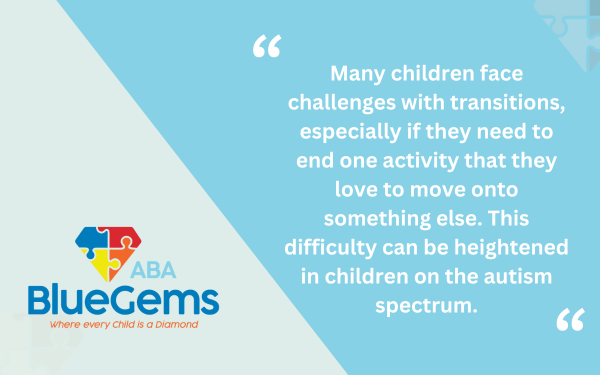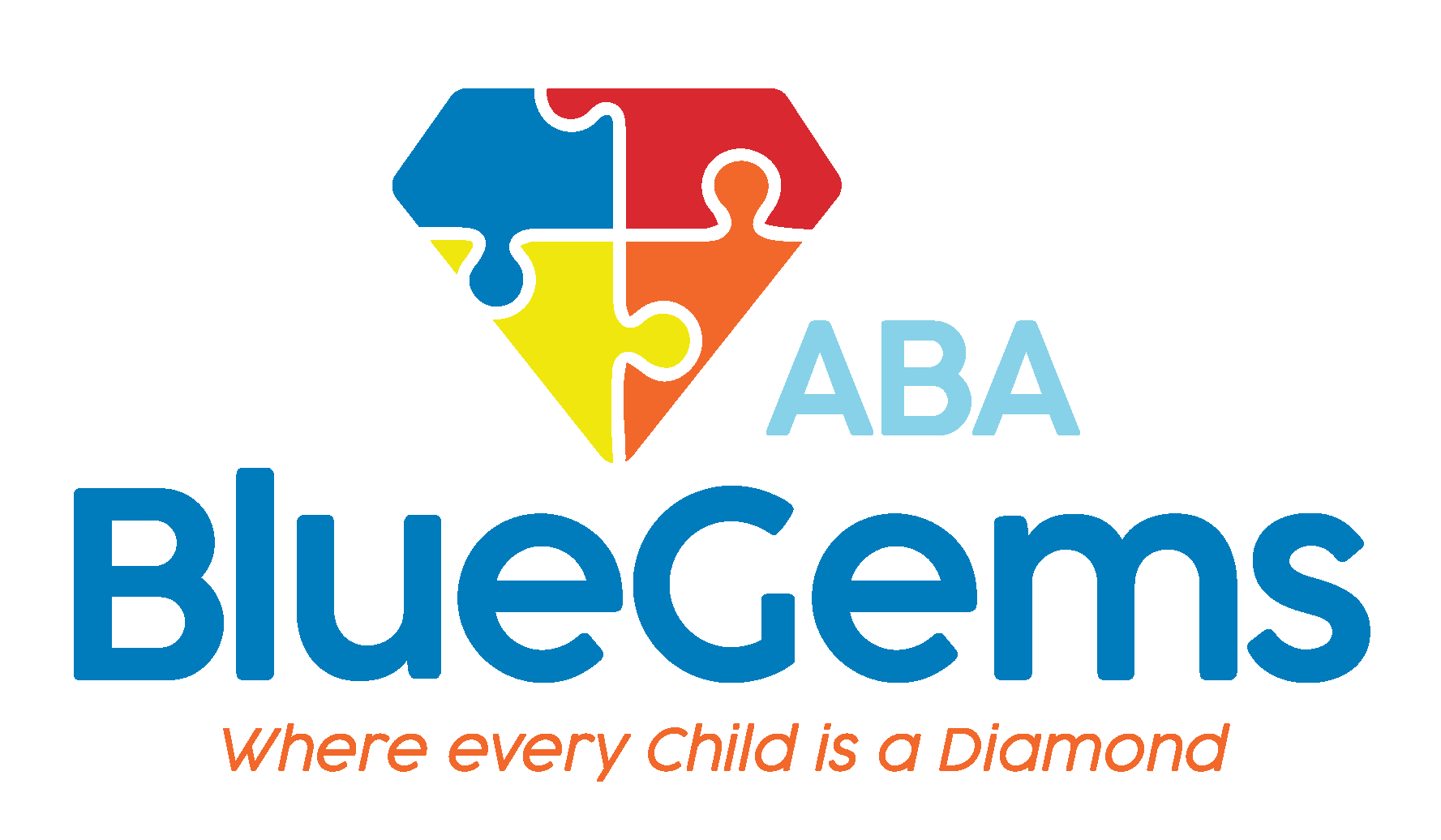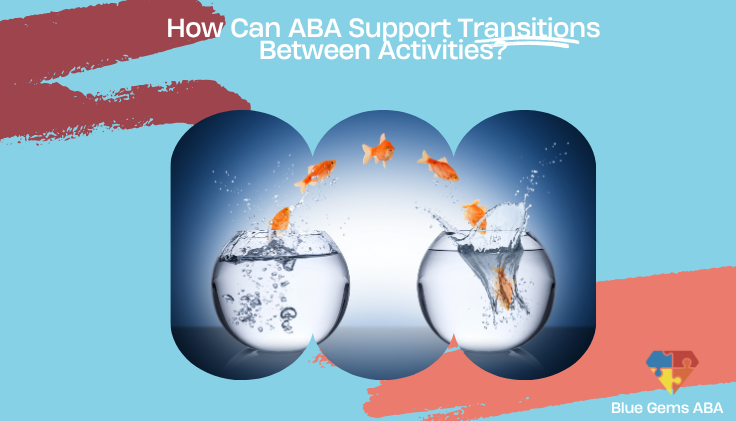How Can ABA Support Transitions Between Activities?
Children with autism spectrum disorder (ASD) often thrive on routines. When they know what the day holds, for example, they are better able to predict what’s going to happen, which allows them to feel more comfortable and less anxious.
Parents, caregivers, teachers and others can help to support children with autism by setting up daily routines and sticking to them as much as possible. Of course, things happen from time to time, and routines need to change.
When this happens, though, a child on the autism spectrum may face extra challenges in adjusting, especially as they transition from one activity to another.
At times like these, some of the principles of applied behavior analysis (ABA therapy) can be used to help support transitions between activities.
Below, we’ll outline some of those ways in which ABA therapy can be very beneficial.
Table Of Contents
Why Do Children with Autism Face Challenges with Transitions?
Many children face challenges with transitions, especially if they need to end one activity that they love to move onto something else. This difficulty can be heightened in children on the autism spectrum.

Children with ASD tend to exhibit hyperfocus on certain activities and/or subjects. These activities or subjects that they are drawn to give them comfort and familiarity, which helps to ease feelings of anxiety and being overwhelmed.
When they have to transition away from these activities, they may have difficulties being flexible enough to adapt and change.
Each child with autism is unique and will face unique challenges for unique reasons. This makes understanding why your child faces the challenges they do — and which transitions are likely to cause the biggest challenges — an important part of helping them manage the transitions.
Create a Visual Schedule
Children with ASD are visual thinkers, which means they benefit greatly from the use of visual aids such as pictures and videos. A great way to help them manage transitions is to use a visual schedule.
This can be set up in the main room of your house, and you can also have a smaller version of it that you can carry with you on the go. The visual schedule will have pictures associated with the different activities of your day, and you can either move an arrow to the activity that you’re on — and that you will move to — or you can flip to the next card in a ring, for example.
Setting up the visual schedule in chronological order will help your child understand what the day holds. You can even show it to them in the morning to set them up for success.
Use a Countdown Timer
Another tool that can be very useful is a countdown timer. What these can do is help children with ASD understand how much time is left in the current activity they’re involved in.
Unlike traditional timers or alarms, these are designed in a whimsical way for children. They might be colored red and show the color disappearing as it’s getting closer to the time being up, or it could even be a sand timer, depending on your child’s preference.
You can add in some verbal cues as well, announcing when there is five more minutes left, for instance, to help your child stay on track.
Integrate Positive Reinforcement
A core concept of ABA therapy is integrating positive reinforcement for successful attempts or completions of new skills or behaviors that patients are learning during sessions. What this does is reward the child for trying, giving them something that they like and desire, which then keeps them engaged in the therapy and motivated to do more.
These rewards can also be used to help support transitions between activities. When your child successfully transitions from one activity to the next, provide them with the reward.
There are two key aspects to this positive reinforcement.
First, the reward you choose should be based on your child’s preferences. In ABA therapy, rewards are chosen this way, as they prove to be the most effective.
Second, integrate the reward consistently. This consistency is crucial for engagement and motivation, so make sure that you provide your child with the same reward every time they transition successfully from one transition to the next.
What this will do is provide them with predictability, as they know they will be getting something they like and want if they complete the successful transition.
| Tool | Description | Example | ABA Principle |
|---|---|---|---|
| Visual Schedule | Picture-based daily planner to show activities in sequence | Flip card ring or wall-mounted chart | Visual support |
| Countdown Timer | Visual representation of time left to ease transitions | Sand timer or color-based countdown timer | Time management |
| Positive Reinforcement | Rewarding successful transitions with preferred items | Stickers, favorite snack, praise | Motivation and consistency |
Blue Gems ABA Helps Support Transitions Between Activities
Transitions can be challenging for any child, but especially for children with ASD. There are many different strategies and tools you can use, though, that will help to support your child as they transition from one activity to the next.
At Blue Gems ABA, our team of experienced therapists helps support patients with their transitions, based on the tried-and-true techniques of the practice. Using positive reinforcement and following many other strategies, we can help make these transitions smoother and less stressful for children with ASD and their parents, caregivers, teachers and others.
To learn more, please contact us today.




